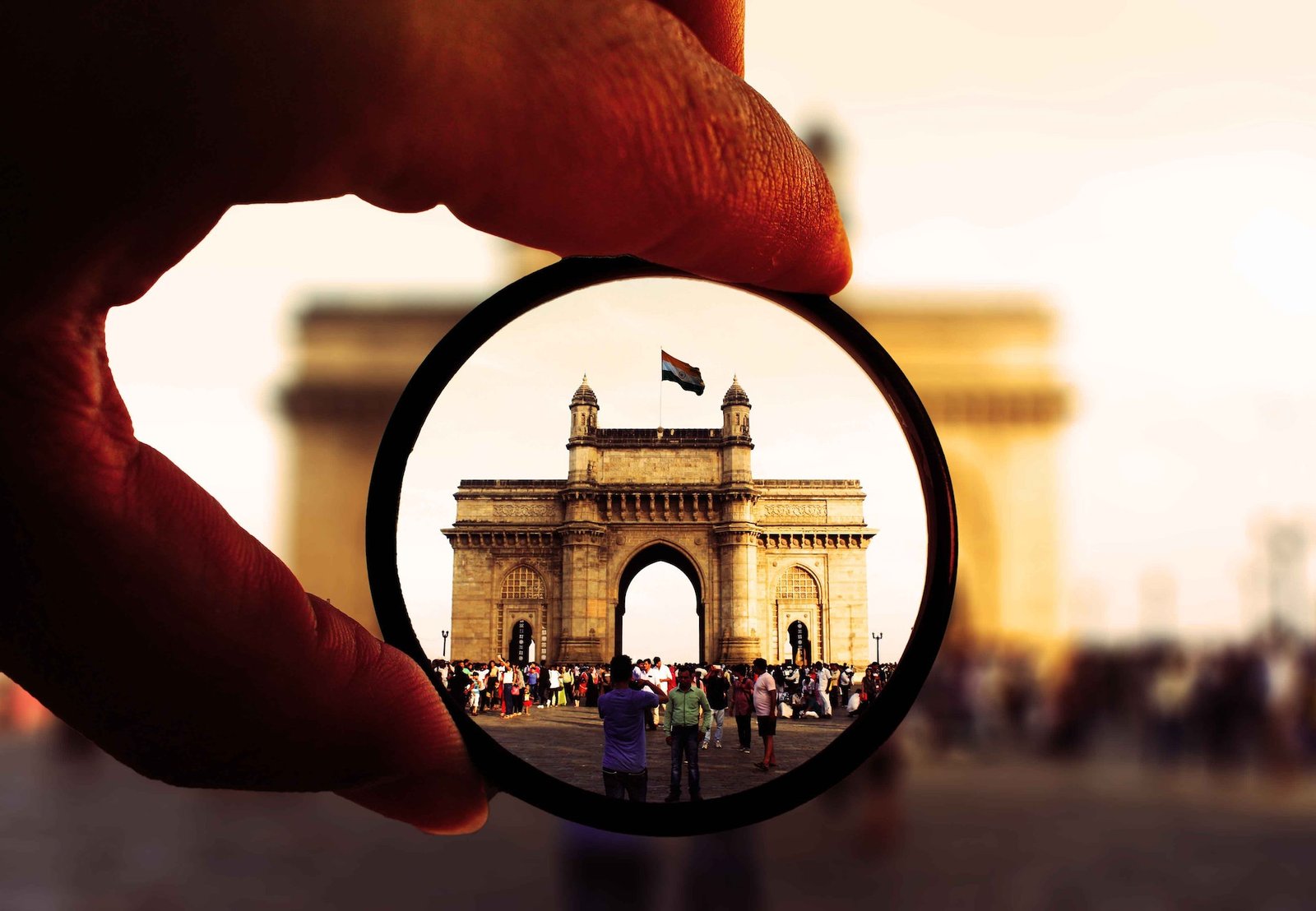– Dr. Yahya Khan (F.Y.M.D. KEM Hospital, Mumbai)
Many nations boast of the notion of “unity in diversity”. India is no different from all such nations and is the forbearer of this slogan. And why should it not be? Being a very vast country, no doubt it has linguist, cultural, theocratic, racial, and many more diversities. But the question in discussion for many decades now is of unity amongst these diversities and in particular Hindu-Muslim unity. Of course, such unity is nothing but a mirage to boast upon, and the communal riots, violence, hate speeches, and instigations against minorities. Right from the independence to date, there is ample of is evidence enough to destroy this mirage of unity.
For prevailing unity amongst these diverse sectors of society two ideologies are in counter with one other, both of them will not end this ever-lasting conflict of civilizations, which are discussed below.
The first ideology was of the more left-centered ruling class which came into power right after the independence. Independent India followed the Britishers in most of its administrative policy and this case was no different. Virtually stating that the State will not turn a blind eye to any community and be secular for all practical purposes to ensure justice. Religion being a private matter was to be adjusted and molded for the greater good of the community. Hence, a Ganga-Jamuna civilizational utopia was promoted in which Eid, Diwali, Holi, Christmas, etc. were celebrated by all. Some Muslim scholars too advocated a similar remedy for unity in the name of composite nationalism [MuttahidaQaumiyat], which was by the Almighty’s Grace refuted, and an academic work against this ideology was taken up by Maulana Zafar Ahmed Uthmani[may Allah accept his contribution].
The second ideology for having unity amongst the different sects of people is put forth by the right-wing nationalist party is the implementation of a uniform civil code for all. This code intends to do away with all the differences by preparing a single personal law to govern all the citizens. This attempt was specially designed to target the Islamic law which still governs a small aspect of the lives of Muslims staying in India. Of course, attempts have been made time and again to implement this, but no legislative success has been possible up to date. To sum UCC is unity without diversity.
The basic problem with both ideologies is that it goes against the nature of people en masse to accept such remedies for unity. History is evident enough to suggest that people have always been cautious of their social identity and as a society, they have always tried to uphold their cultural uniqueness like language, clothing, and belief even though it may seem absurd to others. To get rid of such differences and built a monochromic nation would create havoc and be catastrophic for the country.
The question however remains what is the remedy that can get together different communities without disturbing the natural fabric of the humane discourse. The answer lies in the only true religion, a complete system that encompasses all the spheres of life, Islam. To start with, Islam builds a system based on the idea of complete submission belonging to God alone. Whosoever accepts this idea shall be a part of this nation irrespective of many linguistic, cultural, or racial prejudice. Islam did not come to combat any civilization but rather had a simple notion of all is allowed except what has been mentioned otherwise. Hence, we see that Arabs were the first nation to be blessed with Islam but Islam did not do away with all the Arabic traditions but rather only separated the weed based on shirk. Hence, traditions like Waleemah and Aqeeqah being pre-Islamic are still followed to this day as the Sunnah of the beloved Prophet ﷺ. Similarly because the nation of Islam, unlike all other nations, was not built on a common shared culture, language, or race but rather on a common Kalimah, we see in the later period of the golden era of Islam people of diverse ethnicities, living together bonded by a single kalimah speaking diverse languages, having a very different attire yet all in union with a fine fabric. This is in reality the true “unity in diversity”, a concept beyond human perception. This is in unity within a Muslim community.
But how does Islam deal with those who deny the call to Islam is still to be analyzed. There can be two scenarios; the first is non-Muslims living in an Islamic state. In this case, the law of the land will be Allah’s word, no doubt; and dhimmis (non-Muslims under protection) will be protected by the Islamic State in return for jizyah. Protection here includes their lives, property, their laws, and their freedom to express themselves. Do remember that the top priority of the Islamic state shall be the establishment of justice and no transgression of any sort will be allowed. In the second scenario, where Muslims stay in a non-Muslim dominant area, Islam does not allow complete assimilation with the non-Muslims nor does it commands complete dissociation from them rather a middle path is to be followed which is the uniqueness of ummat e wasat. This is how unity in diversity may be realized in reality.

